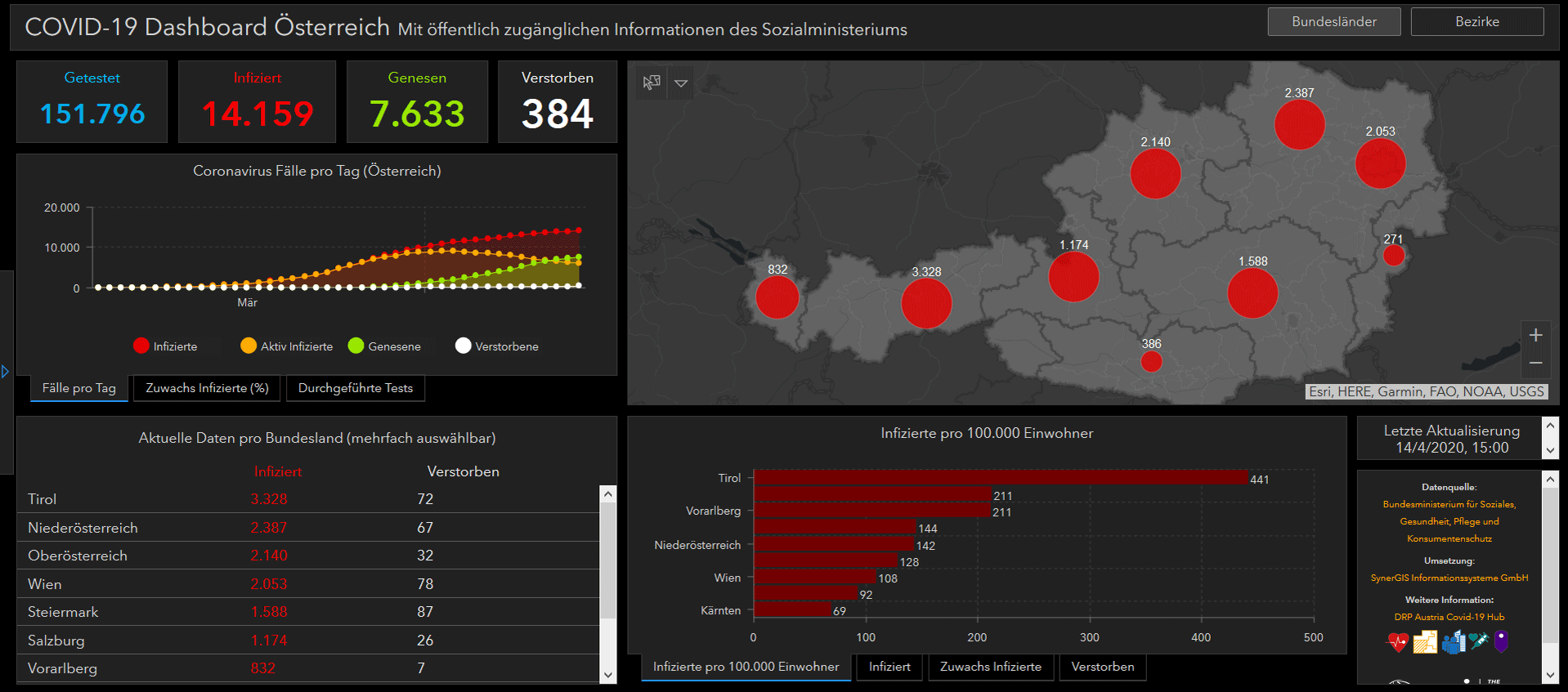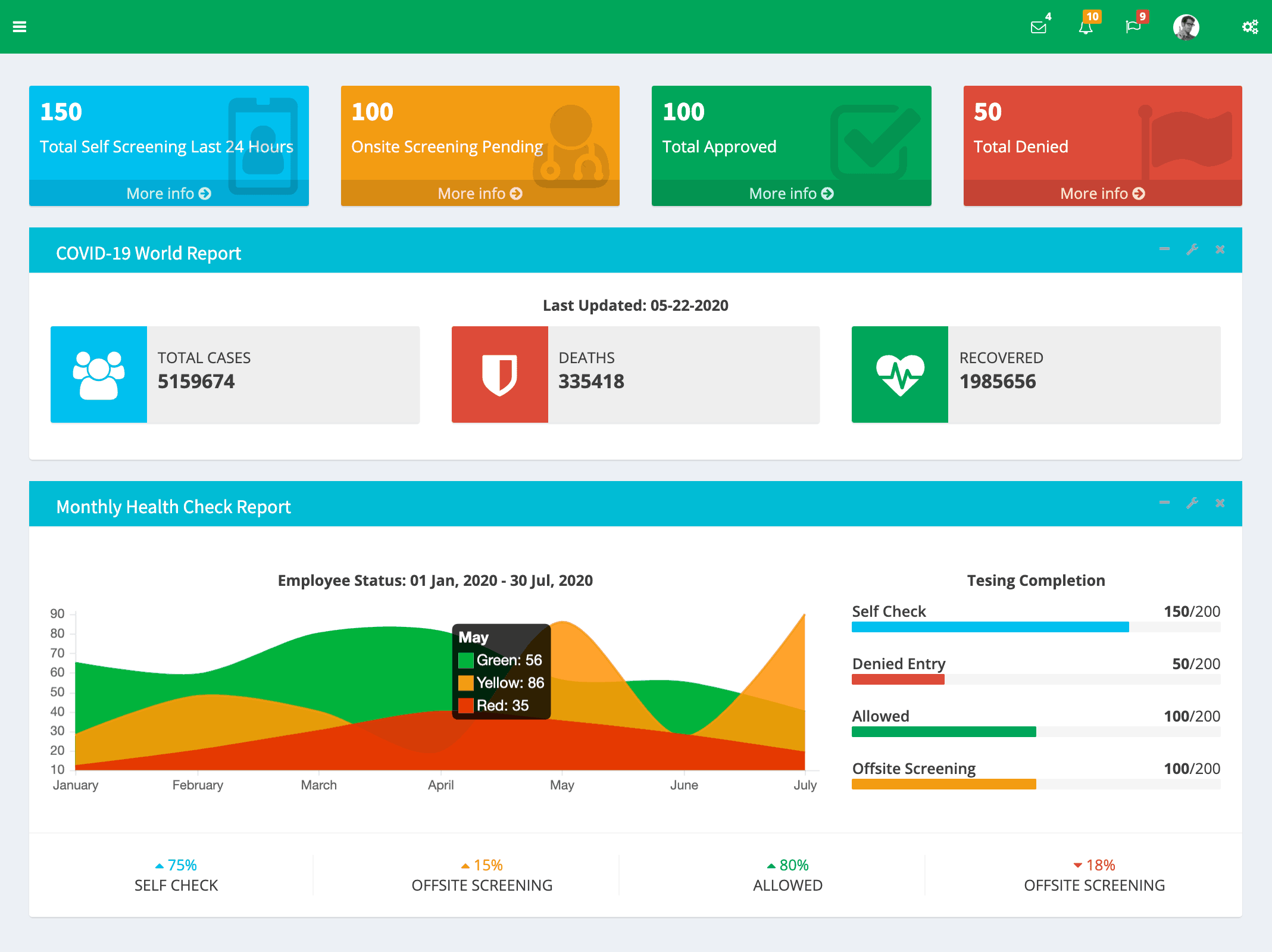
Information can be actionable only if it is fit for purpose and fit for use. Users of dashboards must therefore be assured of complete, valid, reliable, and balanced information that can support them in making informed decisions as they deal with the pandemic. If, however, information in dashboards is based on suboptimal reporting practices (eg, incomplete or unreliable reporting of data), it could produce undesirable effects, such as misleading perceptions, stress, or anxiety. As such, dashboards are a powerful communication tool, and they are also frequently used by media as key information sources. Moreover, dashboards are used to support individuals in informed decision making, for instance to educate citizens on whether they need to adapt their behaviors to minimize individual and population risk. Web-based public reporting by means of dashboards has become an essential tool for monitoring COVID-19 information and communicating it to the public. Making the right COVID-19 policy decisions requires a balanced trade-off between protecting the population from infection and its consequences, ensuring that non-COVID-19 care needs are met (dual-track capacity monitoring), and minimizing socioeconomic impacts. We also thank the staff of Ontario’s public health units who are responsible for COVID-19 case and contact management and data collection within CCM.In response to the COVID-19 pandemic, caused by the infection of the severe acute respiratory syndrome coronavirus 2 (SARS-CoV-2), that emerged in 2019, governments worldwide have been forced to take measures that impact the lives of individuals in order to protect the health of their citizens. We would like to acknowledge Public Health Ontario for access to case level data from CCM and COVID-19 laboratory data, as well as assistance with data interpretation. The analyses, conclusions, opinions and statements expressed herein are solely those of the authors and do not reflect those of ICES, the OHDP, the funding or data sources no endorsement is intended or should be inferred. Parts of this material are based on data and information compiled and provided by Ontario Ministry of Health, the Canadian Institute for Health Information and Public Health Ontario.

Covid 19 dashboard how to#
For more information on AHRQ and how to submit a request, please visit This work is also supported by the Ontario Health Data Platform (OHDP), a Province of Ontario initiative to support Ontario’s ongoing response to COVID-19 and its related impacts. This work is supported by the Applied Health Research Questions (AHRQ) Portfolio at ICES, which is funded by the Ontario Ministry of Health. Terms of references for use of data from ICES COVID-19 Dashboard.Data notes and caveats for ICES COVID-19 Dashboard.Report: Vaccine Coverage by Neighbourhood COVID-19 Risk in Immigrants, Refugees, and other Newcomers, up to April 26, 2021.Vaccine coverage for adults with developmental disabilities, up to October 9, 2022.
Covid 19 dashboard full#

This dashboard provides an overview of the sociodemographic and clinical characteristics of individuals who are eligible to receive COVID-19 vaccination in Ontario.īy linking COVID-19 vaccination data from the COVaxON provincial database to health and other administrative data from the ICES data repository, we describe below the demographic characteristics and medical histories of those who are eligible to receive a COVID-19 vaccine according to where they live, and the number of vaccine doses received.



 0 kommentar(er)
0 kommentar(er)
